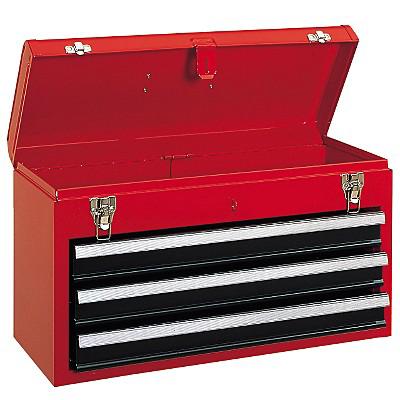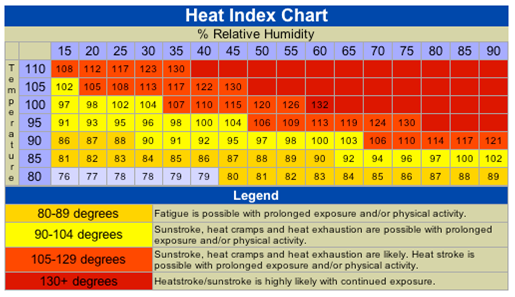

during hot conditions, the thermostat in our brain tells the skin pores to open so that we can sweat and release internal heat. We need to stay properly hydrated in order to have sufficient fluid for sweat. Remember to drink at least 1 pint of water or sports drink every hour.
Wear lightweight, light colored and loose fitting clothing. Take frequent rest and hydration breaks in an cool, shaded area.
It is important to recognize the symptoms of heat-related illnesses in yourself and others. There are several types of these illnesses but they have one thing in common—a quick response is necessary in order to prevent the condition from worsening.
Symptoms of heat stress include headache, dizziness, fainting, confusion, profuse sweating or vomiting. When the body stops sweating, it’s temperature can rise so quickly that a heat stroke is likely. If you or a co-worker experience these symptoms, call for help immediately. Move the worker to a cool area, remove the outer layer of clothing and apply ice packs or cool, wet towels to the armpits and groin areas.
Keep an eye on the heat index. During times of high humidity the sweat from our bodies is not removed
quickly, creating that feeling of wearing a ‘wet blanket’. This condition raises risk of a heat-related illness.

 RSS Feed
RSS Feed
